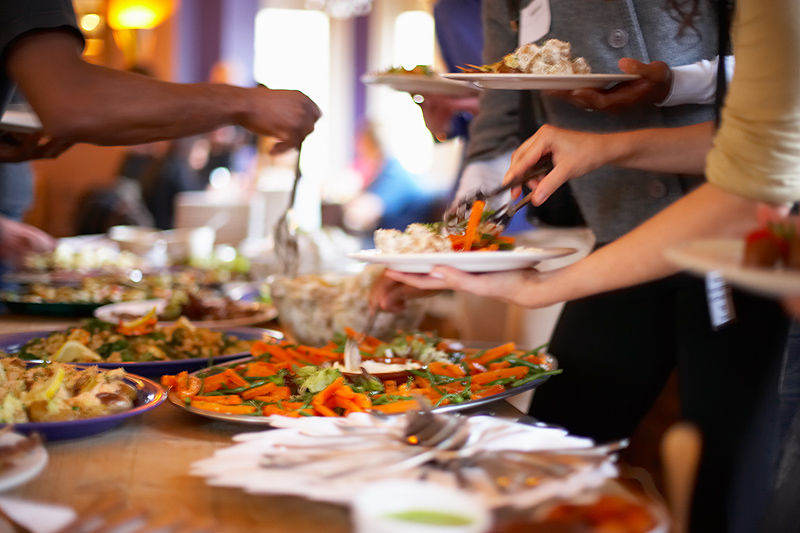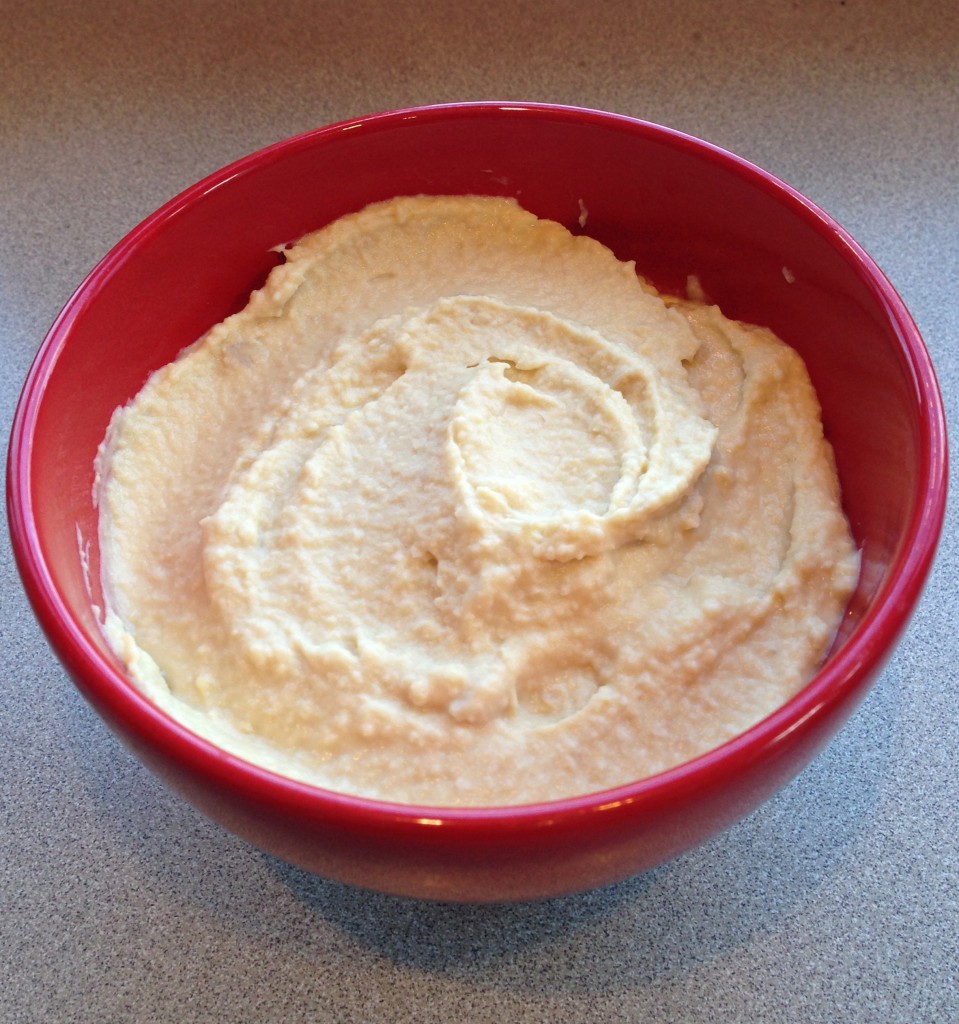Super Bowl 50 is here! The most important game of the season. It’s also supposed to be the most watched annual television program in the United States. Last year a record 114.5 million people tuned in.
Will you be hosting a Super Bowl party at your house? That’s a lot of food to prepare.
How much food do people eat on Super Bowl Sunday?
Super Bowl Sunday comes in second for how much food people eat — next to Thanksgiving.
I found a few statistics on Wikipedia about just how much food we’re talking about:
- Roughly 28,000,000 pounds of chips, which if laid end to end would stretch for 293,000 miles.
- 90 million chicken wings.
- 8,000,000 pounds of guacamole. If all the guacamole consumed was spread over a football field it would be 11.8 feet deep.
What’s usually on the menu?
Certain foods are more likely to be served at Super Bowl parties:
- Buffalo hot wings
- Pizza
- Chili
- Potato chips
- Dips
- Salsa
Play it safe
If you’re hosting a Super Bowl party at your house this Sunday, make sure the food you serve your friends is not only delicious but also safe to eat. According to NSF International, a global public health and safety organization, one of the biggest food safety mistakes people make at parties is letting perishable food items sit out for too long.
Mindy Costello, NSF International Consumer Information Specialist, has all kinds of food safety tips to help prevent foodborne illness.
Keep it clean
Dirty hands are one of the biggest culprits for spreading bacteria. Especially when they’re sampling all the finger foods.
- Wash your hands and ask your guests to do the same. (Don’t forget the kids.)
- The proper way to wash your hands is with soap and warm water— for at least 20 seconds.
- What’s the germiest thing in the kitchen? A sponge. Two minutes in the microwave will kill bacteria or grab a new one.
- Never cook if you’re sick.
- Don’t double dip — with your fingers or a utensil. Always use a clean utensil if you taste a dish while cooking and never use your fingers to grab a sample.
Don’t cross-contaminate
To avoid cross-contamination, clean and sanitize all food preparation surfaces before and after handling foods.
- Keep raw meat and poultry separate from cooked or ready-to-eat foods.
- Always wash any platters, cutting boards or utensils that have touched uncooked meat or poultry with hot soapy water and rinse thoroughly before using with any other food. NSF’s Germ Study found Salmonella, E. coli, yeast and mold on common kitchen appliances such as blender gaskets, can openers and rubber spatulas because the items were not properly disassembled and then cleaned and dried before storage. Yuk!
Hot, hot and cold, cold
Any foods — hot or cold — that have been sitting out at room temperature for more than two hours can easily allow bacteria to multiply and cause illness.
- Hot foods need to be kept at 140°F or warmer. Use chafing dishes, slow cookers or warming trays to keep foods warm.
- Cold foods need to be kept at 40°F or colder. Keep cold dishes in the refrigerator until just before serving and nest dishes in bowls of ice to help keep the food cold.
- Arrange and serve food in smaller portions on several small dishes rather than on one large platter. Replace empty dishes instead of adding fresh food to a dirty platter.
- Keep track of how long foods have been sitting out. A general rule of thumb is if it’s perishable and has been sitting out for more than two hours, play it safe and throw it out.
Did you cook it long enough?
Internal temperature, not meat color, indicates doneness. That’s why you need to use a food thermometer. Perishable foods such as meat and poultry need to be cooked to a temperature high enough to kill harmful bacteria.
- Steaks — at least 145°F with a three-minute rest time.
- Hamburgers — 160°F.
- Whole or ground poultry — a minimum of 165°F.
- Hot dishes that are prepared in advance can be stored in the refrigerator until game time. When your guests arrive, simply reheat the food to an internal temperature of 165°F.
A recipe for you
If you’re looking for a dip recipe, I’ve got one for hummus that’s easy to make and tastes delicious.
- 1 can garbanzo beans (chickpeas). Drain and reserve liquid.
- Juice of one lemon
- 1/4 cup olive oil
- 2 cloves garlic, peeled and sliced
- 1 TBS liquid from can of garbanzo beans
- Dash or two of hot sauce
- Blend all ingredients in a food processor until fairly smooth,
- Use as a dip for cut up vegetables
You could also make individual pita pizzas and substitute the hummus for tomato sauce. You’ll find that recipe in this blog post about trying a Mediterranean diet.
Food safety is always important, but especially when you’re serving lots of food to lots of people, like at Thanksgiving or a Super Bowl party.
I hope your team wins and I hope you score lots of points with your party menu. What’s your favorite/most popular Super Bowl recipe?



Leave A Comment